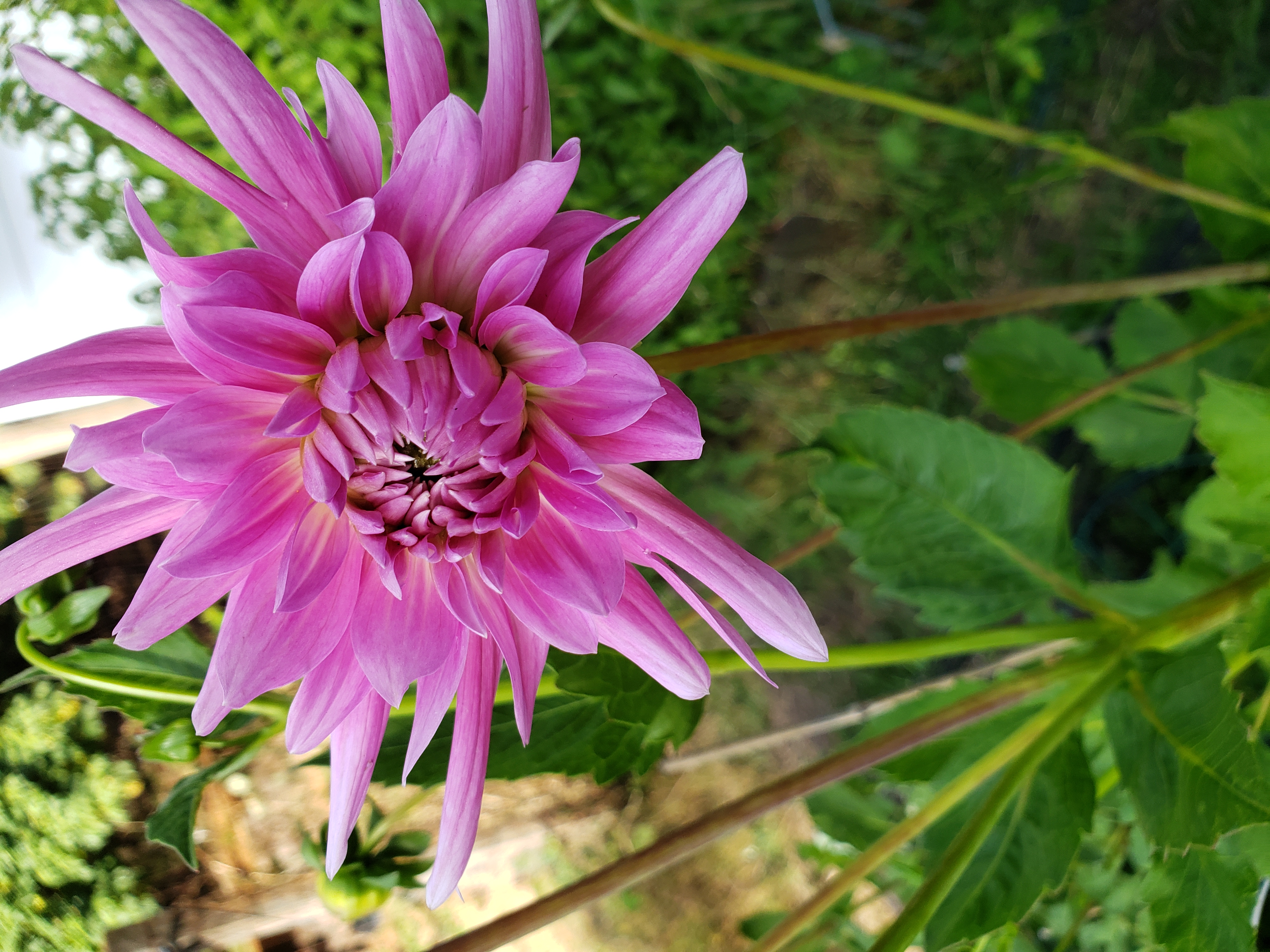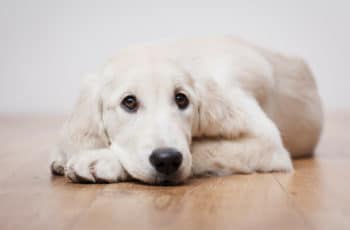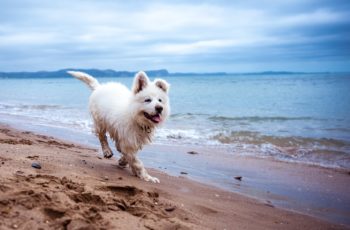Design your spring garden in March and keep your chickens in mind!
If you grow a garden, critters, pollinators, and birds will come! If attracting wildlife isn’t your goal, perhaps you want to establish a healthier lifestyle by growing your food. Or maybe you’re like me and got a little overzealous and bought a hundred seed packs online this winter. Perhaps your designing a garden for an older family member that needs a different design with raised beds because they have arthritis.
There are many questions and considerations as you design and prep for your garden. For example, herbs and edible flower gardens are popular for chicken keepers.
- Do you want to plant in raised beds?
- What about a pollinator garden or butterfly garden?
- Are you interested in growing in containers?

First, assess your garden needs!
Whether you’re looking for a calming retreat or an easy-care garden, there is one step you need first, planning!
- Set your priorities, your budget, and overall site constraints.
- Consider quick fixes first and an interim make-over before you overhaul a new garden
- Start with a bare site if you have it, and consider the soil you have in place
Different types of gardens may include an easy-care garden, wildlife haven, or a calming retreat.
What if you don’t have a bare site or limited space?
If you have limited space or limited funds then consider planters and a windowsill garden. Many people don’t have the space for a bare site but that doesn’t matter!
- Consider smaller planters for your windowsill and choose a handful of herbs to grow. Mint becomes out of control in a raised bed and is a great candidate for a container.
- Terracotta pots are a good choice as they help the soil breathe better than plastic pots.
- Give each container a separate plant so you can determine the best water requirements for every plant.
Proper planning sets gardeners up for success
You don’t need a big garden when it comes to designs and plans. See above! You can design your garden of containers for the deck.
Draw simple plans and a design
Have you ever created a bubble diagram? According to the Oklahoma State University Extension office, it helps to define the features of the landscape. Using grid paper to mark where you want all the features including raised beds and landscaping features is helpful for gardeners regardless the type of space you’re working with – small or large.
Design principles
Use regular shapes and always measure to scale when creating a bubble diagram. You may want to add a route into your garden or a focal point such as a large vase. You should experiment with your plans and rearrange the position and shape of various garden features.
Survey your site and the soil
You may have clay or sandy soil. The characteristics of the planting site are important! These should be recorded when thinking about which types of plants, veggies, flowers, and fruit you want in your garden. The Oklahoma State University Extension office has tips on the benefits of various types of soil.
“Soil type will greatly affect the drainage of an area. Sandy soils drain very quickly, while clay soils are slow to drain. Some plants have specific soil requirements. Record the soil texture (sand, silt, clay) in different areas of the landscape.” Sun, wind and water drainage are all factors to plan for when you design a garden.
Build a raised bed
Gardeners may choose from a variety of materials. Consider size when choosing from ties, stone, wicker, brick, slate or ready-made kits. Railroad ties allow you to create a larger bed.
- Gardeners can even play around with plans by using a grid and illustrating the routes, shapes, spaces, and focal points. This determines where raised beds need to be built.
- Creating wood-framed raised beds is easy, and there are pieces pre-cut to length.
- Start planting!
Seed packets have the specifics
When you’re ready to start planting, take a look at the seeds you’re buying. Whether you’re in Clark County or Skamania County, pending where you live the time of year dictates when you can start planting spring crops. Seed packets always have the planting zone and dates when you can start planting. Take a soil temperature to determine the best time to plant each crop.
Enjoy creating a design for your garden!



